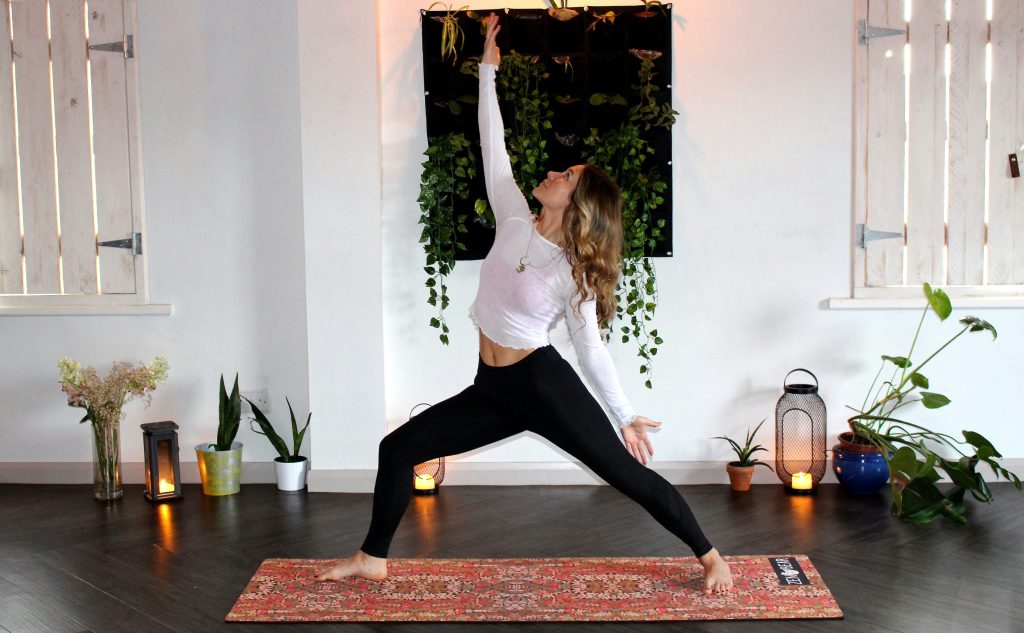Breathing Techniques to Help You Exercise
Table of Contents:
How to take the stress out of exercising
Wellness and wellbeing are big buzz words today and seem to cover all the aspects of modern life. Ironically, the wellness trend creates quite a lot of pressure to participate in it!
Breathing is an essential part of any exercise. Even though inhaling and exhaling may seem so simple it can’t be done wrong, the way you breathe can impact your performance and make your workout more (or less) effective. Proper breathing techniques can help you increase your endurance, reduce your risk of injury and improve your overall fitness.
One of the most important things to remember when it comes to breathing during exercise is to breathe through your nose and mouth. This allows you to take in more oxygen and expel more carbon dioxide, which helps to reduce fatigue and increase your endurance. Inhale deeply through your nose, filling your lungs with air, then exhale slowly through your mouth, pushing the air out of your lungs. That pattern also allows your body to filter any impurities out of the inhaled air, and to stimulate the vagus nerve on exhale.
Another important technique is to breathe rhythmically. This means that you should try to establish a breathing pattern that matches the rhythm of your exercise. For example, when running, you might inhale for three steps and exhale for two steps. This helps to keep your breathing steady and prevents you from becoming winded too quickly.
One of the most effective breathing techniques for exercise is called diaphragmatic breathing, or belly breathing. This technique involves breathing deeply from your diaphragm, which is a muscle located below your lungs. To practice diaphragmatic breathing, lie on your back with your knees bent and your feet flat on the floor. Place your hands on your abdomen and inhale deeply, pushing your belly out as you breathe in. Exhale slowly, pulling your belly in as you breathe out. This technique helps to strengthen your diaphragm and improve your lung capacity.
In conclusion, proper breathing techniques can greatly enhance your exercise routine. By breathing through your nose and mouth, establishing a rhythmic breathing pattern, and practicing diaphragmatic breathing, you can increase your endurance, reduce your risk of injury, and improve your overall fitness. So next time you hit the gym or go for a run, remember to pay attention to your breathing and incorporate these techniques into your workout.

Useful breathing techniques
You don’t need to spend a lot of time on breathing exercises – try to set aside a small slot everyday to concentrate on your breathing. Start off with simply 5 minutes every day, and as the activity becomes more convenient and comfortable, increase your duration. If 5 minutes seems excessively long, begin with only 2. Practice frequently each day. When you feel the urge, set aside certain times or engage in conscious breathing.
Here are some of our favourite exercises:
1. Lips-purse breathing
To properly master the breathing pattern, practice using this breath 4 to 5 times each day when you first start.
Relax your shoulders and neck.
Inhale slowly to the count of two through your nose while keeping your mouth shut.
Lips should be puckered or pursed as if you were about to whistle.
For a count of four, slowly exhale by blowing air through your pursed lips.
2. The breath-focus method
You can begin with a 10-minute session as you develop your breath focus practice. Increase the length gradually until your sessions last at least 20 minutes.
Find a comfortable position to sit or lay down.
Without attempting to alter your breathing, bring your attention to your breaths.
Switch between taking regular breaths and deep ones. Take note of any variations between shallow and normal breathing. Take note of how your stomach grows when you take big breaths.
Spend some time practicing deep breathing. While maintaining your stomach relaxed, place one hand below your belly button and pay attention to how it rises and falls with each breath.
3. Neural alternating breathing
Pick a seated position that is comfortable.
Lift your right hand toward your nose while keeping your other fingers extended. Press your first and middle fingers down into your palm.
Use your right thumb to gently seal your right nostril after exhaling.
Close your left nostril with your right pinky and ring fingers after exhaling from your left nostril.
As you exhale, let go of your thumb and use your right nostril.
Right nostril breathing: inhale through it, then shut it.
When you can breathe out of your left nostril, let go of your fingers. The cycle ends here.
For up to five minutes, keep inhaling in this manner. Exhale on your left side to close out your practice.
4. Breathing that is continuous or resonant
When paired with Iyengar yoga, breathing at this tempo improves heart rate variability, lowers stress, and, according to a 2017 study, may lessen depressive symptoms.
Count to five as you inhale. Count to five as you exhale. Keep breathing in this manner for a minimum of a few minutes.
5. Deep breathing
By allowing you to breathe in more fresh air and avoiding air from becoming stuck in your lungs, deep breathing helps to reduce shortness of breath. You might feel more at ease and in the moment as a result.
Draw your elbows back a little while sitting or standing to let your chest expand. Breathe in deeply through your nose. Hold your breath to the count of five, and slowly exhale out through your nose.





